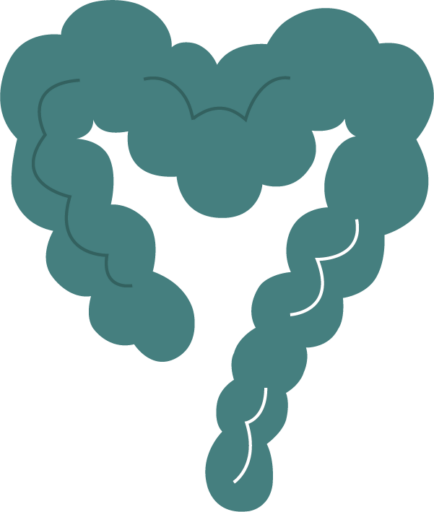
Soy and IBS
We often get questions about soy and FODMAP, and it’s not a straightforward relationship. Here, we provide you with a guide for those with IBS and sensitive stomachs on which soy products are gut-friendly and which are not.
Yellow soybeans – Commonly used where soybeans are listed, such as in soybean pasta. These round, yellow beans are not allowed.
Green soybeans – Known as edamame, they grow in a green pod that is removed before eating. They have recently become allowed. A good option for those who follow a vegetarian diet.
Soy flour – Made from yellow soybeans and therefore not allowed. It is found in many products, especially gluten-free items, bars, cookies, and muesli.
Soy milk – Typically made from whole soybeans and water. This means the carbohydrates (in this case, galactans) are included in the process, and the FODMAP content is high. In Australia, there is soy milk made entirely from soy protein, which is low in FODMAP content.
Soy yogurt – The same principle as soy milk applies here. It has not been analyzed as this product is mainly found in the Nordic countries. It is most likely high in FODMAPs since the main ingredient is soy milk made from whole soybeans.
Soy lecithin and soy oil – The fat part of the soybean does not contain any FODMAPs and is allowed.
Tofu – There are several types of tofu. The regular, firmer variety in blocks is pressed and allowed because the water-soluble fibers, oligosaccharides, are removed with the liquid. The type called silken tofu is less firm and not pressed, so its FODMAP content is higher and it is not allowed. Flavored tofu often contains onions, so choose a plain variety.
Soy sauce – Even though soy sauce contains wheat flour, gluten, and soybeans, it is approved according to FODMAP guidelines. This is because it is fermented, which breaks down both gluten and oligosaccharides. This applies to both Chinese and Japanese soy sauce and tamari. Teriyaki sauce may contain garlic.
Soy sausages, patties, and mince – Most of these products are made from whole soybeans, meaning that the fibers are included, resulting in a high FODMAP content. In Sweden, Oumph!, Vegme, and Anamma are all made from whole soybeans and are therefore not allowed. Many products also contain both onion and garlic. The range of meat substitute products is constantly expanding, so there will likely be products made only from soy protein that are allowed. If the carbohydrate and dietary fiber content is 0 grams, the product contains no FODMAPs.
Soy protein powder – The FODMAP content varies depending on the manufacturing process. If the product contains dietary fibers according to the ingredients list, you can assume it contains FODMAPs. Soy protein isolate, however, likely does not contain FODMAPs, especially if the product has no carbohydrates.
So, now you know how soy and FODMAP work. And if you are one of those who drinks soy lattes to avoid lactose, it’s time to rethink, as soy milk is usually much tougher on the stomach than lactose!
Take control over your IBS!
Are you ready to take back your life from IBS? Our app provides the tools and guidance you need to manage IBS effectively.
Try the appSofia Antonsson
Reg. Dietitian, Belly Balance
Read more about

Weight loss with IBS
Do you find it difficult to lose weight with IBS because healthy foods seem to worsen your symptoms? You’re not alone. Nutritional advice can be confusing. Let’s explore some strategies for weight loss that are tailored for those with sensitive stomachs.

Diarrhoea and loose stools
Diarrhoea is defined as having more than three thin and watery bowel movements per day. There can be several reasons for experiencing diarrhoea. One reason might be an overly active bowel, which can sometimes affect individuals with IBS.

Weight and FODMAP
Has your weight changed since starting the FODMAP diet? Sometimes, the body reacts in various ways to compensate for altered conditions. Starting a FODMAP diet is a significant change. Depending on your previous intake, both the amount and nutritional composition of what you're consuming might have shifted, which can influence your weight in either direction.

